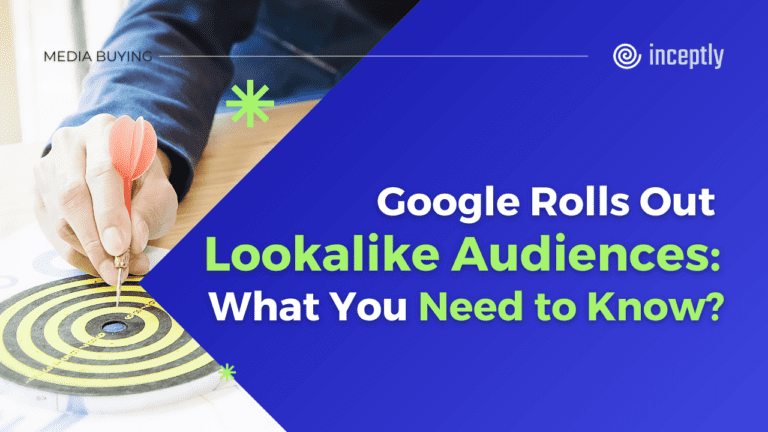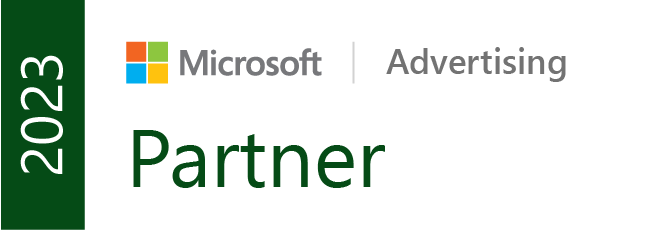
Hi, marketing wizards!
Facebook’s Lookalike Audiences have been the gold standard in social advertising for years. Google tried to compete with its “Similar Audiences,” but to be honest, it never really gained momentum. Whether this was due to the nature of the networks it was used on (like Display and YouTube) or simply inferior data quality is still up in the air.

The end of an era and a fresh start
Fast forward to August, seasoned advertisers weren’t shocked when Google sunsetted Similar Audiences. However, what caught us off guard was Google’s new offering: Lookalike Audiences.
Here’s what we’re going to cover today:
- Our first impressions while testing Google’s Lookalike Audiences,
- The nitty-gritty of setting up Google Lookalike Audiences,
- Reach parameters.
Let’s dive in…
Want to brainstorm with our team on new ways to scale your business
on new ways to scale your business with YouTube Ads (and other performance video platforms)? Join us for a free YouTube ad brainstorming session here:
Our first impressions while testing Google's Lookalike Audiences: We noticed one trend
At Inceptly, we were cautiously optimistic about Google’s move. We’ve been eager to test out the features, but first, there are a few key points you need to know:
- Campaign types: Lookalike Audiences are currently only available for Demand Gen campaigns. When might they be available for other types of campaigns? Google’s keeping mum on that one.
- Double the mystery: Demand Gen campaigns are also a new addition to Google’s arsenal, so we’re dealing with two unknowns here.
We noticed one trend (similar to PMax): Demand Gen campaigns tend to go after warmer traffic – more on that in future newsletters.
Stay tuned – we’re running tests and will share insights as soon as we have them.
The nitty-gritty of setting up Google Lookalike Audiences
Setting up Google Lookalike Audiences is straightforward. You can create them based on:
Reach parameters:
- Narrow: Targets 2.5% of users in your ad’s target location, focusing on those most similar to your seed list.
- Balanced (default): Targets 5% of users, balancing reach and similarity.
- Broad: Targets 10% of users for maximum reach, albeit with a less focused audience.

Important note: You can only create Lookalike Audiences during the initial campaign setup. They can’t be edited later or used in other campaigns.
Further reading & resources
For an in-depth understanding of how Facebook Audiences work, check out Antonio Garcia Martinez’s explanation here. It’s worth checking out if you are interested in this topic.
So, are Google’s Lookalike Audiences a game-changer or just a flash in the pan? We’re on it, so keep an eye out for our updates.
Like this post? Let's continue the conversation!
Get in touch with us by shooting us a quick email or tagging us on LinkedIn or Instagram, and sharing your thoughts. Your feedback helps us keep our blog relevant and interesting.
Like the advice but not sure how to implement it? Let us help!
Contact us to discuss avenues for your brand’s growth with performance advertising.
You’ll get an insightful evaluation of your ads + actionable tips to help amp up your direct response revenue. No strings attached!
Get Our Newsletter
Need Help?
Get in touch with us for an insightful evaluation of your ads + actionable tips to help amp up your direct response revenue




